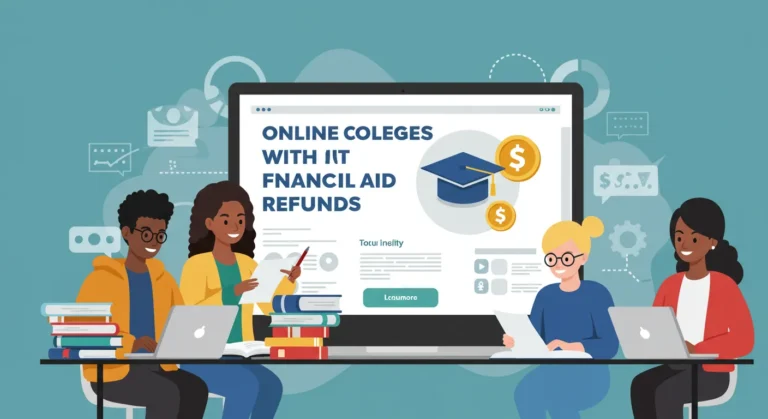How High School Courses for College Credit Work (As Covered by the NYT)
How High School Courses for College Credit Work (hs courses for college credit nyt)
The dream of graduating high school with college credit already banked is increasingly attainable for many students. But navigating the world of hs courses for college credit nyt can feel overwhelming. This guide, informed by recent New York Times articles on the subject, will demystify the process, outlining various pathways, benefits, and potential drawbacks. Understanding how these programs work is crucial for students aiming to accelerate their academic journey and reduce overall college costs. Let's explore the options available to you and how to make the most informed decisions.
Understanding the Landscape of Hs Courses for College Credit NYT
The New York Times has frequently highlighted the rising popularity and growing importance of hs courses for college credit nyt programs. These programs offer different avenues for high school students to earn college-level credit while still in secondary school. This can significantly impact their college application process, reduce the overall time and cost of higher education, and provide a head start in their chosen field.
Key Program Types:
- Dual Enrollment: This is arguably the most common route. Dual enrollment, advanced classes allow high school students to enroll in college courses, often at a nearby community college or university. These courses are typically taught on the college campus or online and are graded using the same standards as regular college courses. Many high schools partner with local colleges to facilitate these programs. The NYT has often showcased success stories focusing on the benefits of this streamlined approach.
- Advanced Placement (AP) Courses: These rigorous high school courses are designed to cover college-level material. A successful score on the AP exam can grant students college credit at many universities. While not technically "college courses," they offer a significant stepping stone toward earning college credit before even stepping foot on a college campus.
- International Baccalaureate (IB) Programs: Similar to AP, the IB program is an internationally recognized curriculum that includes rigorous coursework leading to exams that can translate to college credit. The NYT has occasionally highlighted the global reach and high standards of this program.
- College in the School (CIS) Programs: In some areas, high schools may have integrated partnerships with colleges to offer courses directly on the high school campus. These are often taught by college faculty.
Benefits of Earning Hs Courses for College Credit NYT
The advantages of earning college credit in high school are numerous:
- Reduced College Costs: Perhaps the most compelling benefit is the significant reduction in overall tuition costs. Every credit earned in high school is one fewer credit to purchase in college, translating to substantial savings.
- Faster Graduation: Students who enter college with credits already earned can graduate earlier, potentially saving money on room and board, further enhancing the financial benefits.
- Improved College Applications: A strong record of hs courses for college credit nyt demonstrates academic preparedness and ambition, strengthening college applications.
- Enhanced College Readiness: The rigor of these programs helps students adapt to the demands of college-level coursework, ensuring a smoother transition.
- Exploration of Interests: Students can explore their chosen field more thoroughly by taking college-level courses relevant to their potential major.
Potential Challenges and Considerations
While the benefits are substantial, it's important to acknowledge potential drawbacks:
- Rigorous Coursework: College-level coursework is demanding. Students need to be highly self-motivated and possess strong time management skills.
- Financial Aid Implications: Earning college credits in high school can impact financial aid eligibility. It's crucial to consult with financial aid offices to understand how it might affect your eligibility.
- Course Transferability: Not all college credits earned in high school will transfer seamlessly to all universities. Research which institutions accept credits from the program you're considering.
- Time Commitment: Balancing high school coursework with college-level classes can be challenging. Students must carefully consider their workload and time management.
How to Get Started with Hs Courses for College Credit NYT
The process varies based on the specific program chosen. Here’s a general guideline:
- Research available programs: Explore dual enrollment options with local colleges, AP and IB courses offered at your high school, and any CIS programs available.
- Speak with your high school counselor: They can provide guidance on which programs align with your academic profile and goals.
- Meet with college advisors (if applicable): If participating in dual enrollment, connect with college advisors to understand course requirements, scheduling, and transfer policies.
- Complete application forms: Each program has its own set of application procedures.
- Understand grading and credit transfer policies: Be clear on how your high school and college grades will be calculated and whether the credit will transfer.
AI-Generated Tips for Success
For Beginners: Start small. Consider enrolling in one college-level course initially to assess your ability to handle the increased workload.
For Professionals Guiding Students: Emphasize self-advocacy. Encourage students to actively communicate with their teachers and advisors to address any challenges or concerns.
Conclusion
Hs courses for college credit nyt programs present a powerful opportunity for high school students to gain a significant academic advantage. By understanding the various program types, appreciating the benefits and challenges, and following the outlined steps, students can navigate this pathway toward a more affordable and efficient college experience. Remember to research thoroughly and seek guidance from your high school counselor and college advisors to make the best choices for your individual circumstances. The information provided by the NYT and other reputable sources can add critical context to your decision-making process.



